
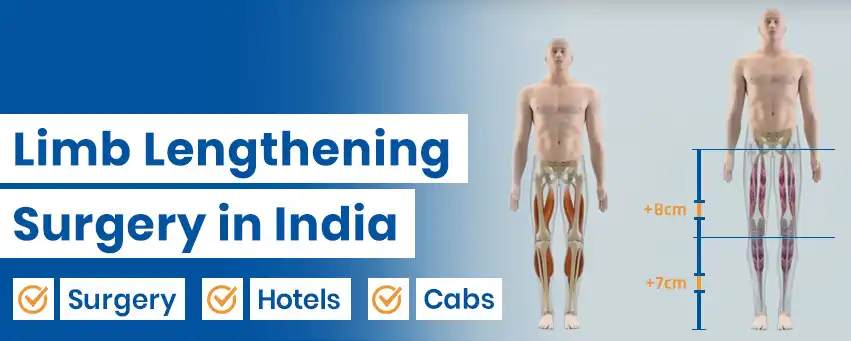
Many people have slight differences in the length of their arms or legs. Often times, the difference is enough to make it uncomfortable or challenging to engage in daily tasks. In today's world, an arm or leg bone can be made longer through a limb lengthening surgery. This is done gradually to increase the length of the bones and soft tissues.
Many foreign candidates choose limb lengthening surgery in India for several reasons. Firstly, India offers state-of-the-art treatment facilities with a highly sophisticated healthcare infrastructure. Secondly, the doctors here are skilled experts in this field, offering quick recovery and successful results. The affordability of limb lengthening surgery cost in India is the most popular reason for patients coming to India to correct their limb discrepancies.
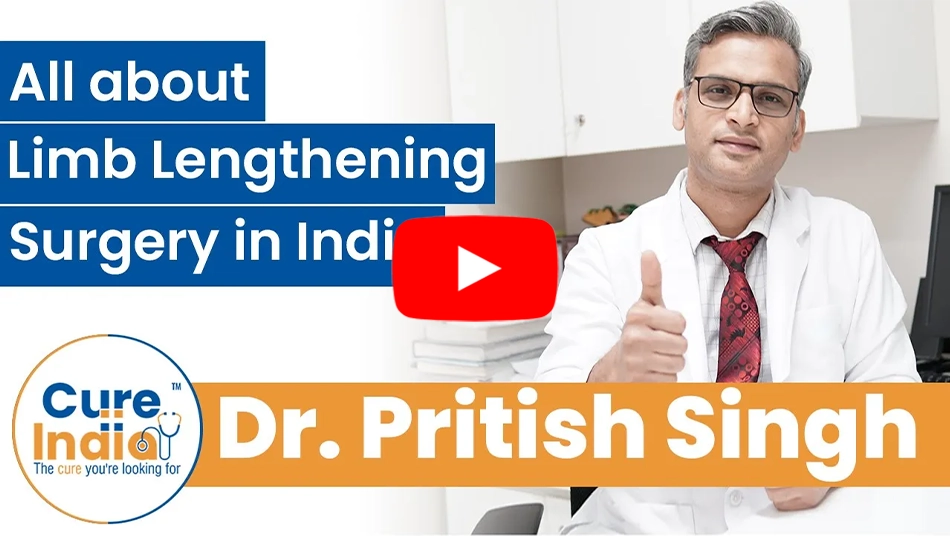
Limb lengthening surgery is an inpatient procedure that promotes the body's ability to grow new bone in addition to soft tissue, blood, arteries, and nerves that gradually enlarge to correct the imbalance. Height increase surgery is another name for the limb-lengthening procedure.
This process is carried out slowly, generally over many weeks. This allows the soft tissues in your legs, such as muscles, skin, and nerves, to gradually grow longer, as well as the leg bones, such as the tibia (shinbone) and femur (thigh bone).
Either the tibia or the femur can be lengthened. Extending both bones is an additional choice. The lengthening of the two bones occurs at various times, typically a few weeks or perhaps a year apart. Find out from your doctor which option is best for you.
Acute and gradual lengthening are two ways to change limb length. However, some things make them distinct from each other, such as:
Acute limb lengthening involves a quicker process with surgical interventions where bones are broken and pulled apart rapidly. This approach may lead to faster results but carries risks associated with surgery, like infections or nerve damage.
On the other hand, gradual limb lengthening is a slower, non-surgical method. External devices are used over time to bring about the desired length. While it reduces some surgical risks, it requires a longer commitment.
Acute allows for quicker activity return, but initial discomfort may be higher. Gradual provides a smoother recovery but demands patience due to the extended treatment duration.
Ultimately, the choice between acute and gradual depends on personal preferences, medical conditions, and lifestyle. Consulting with a professional is important for making the most suitable decision.
Limb lengthening surgery corrects the differences in the length of your arms or legs. It can also treat certain diseases that cause irregular or shorter bones. You can go for a limb-lengthening surgery if you have:
There are multiple possible causes of limb differences, including but not limited to cerebral palsy, congenital disorders, polio, bone traumas, etc. These issues might be genetic, developmental, or the result of anomalies brought on by arthritis, fractures, infections, or tumors in the bone.
The procedure is also known as bone-lengthening surgery since it has become popular among those who want to grow taller. Through various surgical techniques, the therapy aids patients in achieving improved joint function and bone alignment. Corrections can be broadly classified into two categories:
Arm and lower leg length disparities might result from limb discrepancies. A discrepancy of up to 4 cm might result in short-leg syndrome. This can cause back pain, poor posture, and walking difficulties.
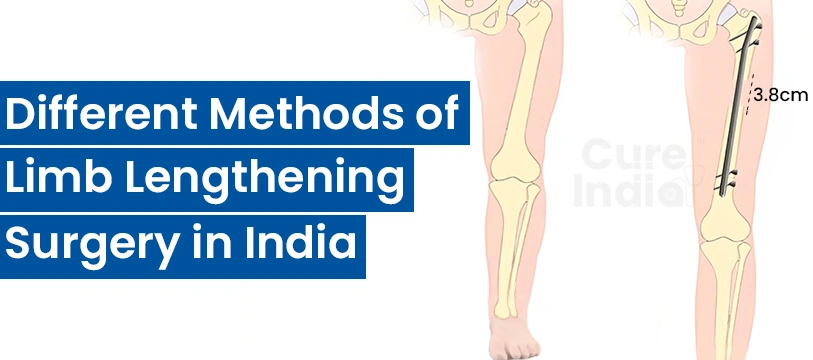
All different methods of limb lengthening surgery are done in India. Your surgeon will choose a suitable method for you to increase your limb lengthening. The lengthening procedure helps a 6-8 cm increase or 12-15 cm depending upon which method you chose. The two popular methods are, 1) Lon Method Limb Lengthening, and 2) Ilizarov Limb Lengthening Surgery. The Ilizarov method is also known as the monorail method.
The other two methods are Precice and Quadrilateral lengthening.
It is one of the popular methods for limb lengthening. The method combines both internal and external fixation of the tibia and the femur. However, surgeons can do a variation like LON on the tibia which is the external lengthening of the tibia. The method helps to increase the 6-8 cm length.
In this method, both external and lengthening occur. The purpose of Ilizarov fixators is bone length stimulation. The bone rapidly remodeled itself to the normal structure of bone. Thus, the bone increases in size up to 6-8 cm.
This is an internal fixation method. This method requires walk assistance during the limb-increasing phase. The method will help increase the 6-8 cm length.
The method is also known as cross-lateral tibia femur lengthening. The tibia as well as the femur are lengthened simultaneously in this method. The range of length increasing is 12-15 cm.
All of the above methods require time for further bone healing and full recovery. Regular exercise and physiotherapy will help with recovery.
The limb lengthening procedure leads to the everyday growth of your bones. Each day your bone can grow up to 1 mm. Hence, you can find a growth of 1 inch or 2.5 cm in 1 month. It will take 60 days or 2 months to grow 5 cm or about 2 inches. Within 90 days you can get your desired 6-8 cm growth. However, to solidify new tissues and soft bones, you will need more than 2-3 months. Therefore, you need 5-6 months to get healed bones. It takes 9-12 months for free leg movements or walking without any assistance.
It is important to note that you need to visit doctors several times a month to ensure your lengthening procedure is not too fast or slow. The doctor will manage the speed up or slow down after examining the bone and its appearance.
The safe limit of tibia or femur lengthening is 6-8 cm or about 3 inches. The increasing procedure increases length by 1 mm per day. Hence, the lengthening procedure takes approximately 2.5 to 3 months. The bone formation requires an additional 2-3 months.
You need to stay about 2-3 months for your desirous limb to increase after surgery. At that time, doctors will regularly follow up on and manage the lengthening procedure. The patient can return to their home when the lengthening procedure is done. However, exercise and physiotherapy should be followed for quick results and returning to the daily routine. Patients can increase their stay if they feel comfortable.
Limb-lengthening surgery is a complex procedure. Because of the skilled practitioners, limb lengthening surgery in India is a popular choice for many foreign patients.
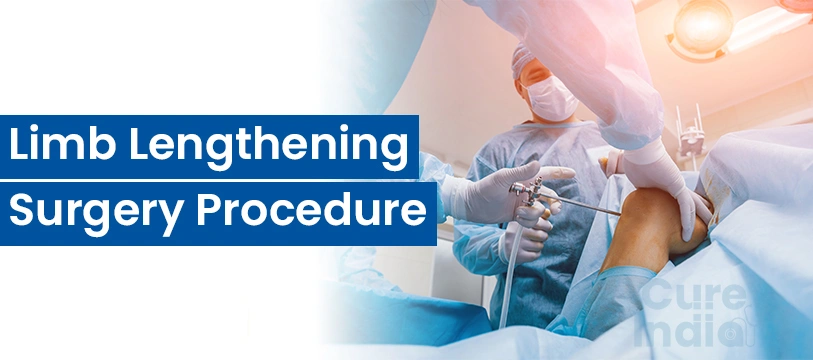
A metal device that gradually widens or repositions the space between your leg bones is inserted during the limb lengthening procedure in India. Until the desired length of the bone is reached, this process is done at a rate of roughly 1 mm daily. Limb lengthening 6 inches can be done with the same procedure. The patient's body produces new bone cells to fill in the space left by the leg bone as it is gradually redirected. The device is left in place for a few months until the desired length is reached and the bone has fully mended and hardened. The lengthening device is surgically removed during outpatient surgery.
The newly formed bone does not have to worry about weakening or fracturing because it is as strong as the existing bone once it fully develops. Since this procedure may address a variety of complex malformations, it has emerged as a dependable choice for many people looking to correct congenital or unintentional limb deformities. Patients between 18 and 25, or those in critical situations, usually get the surgery. Accidental injury is one of those emergencies. Choosing the best hospital for limb lengthening in India is necessary for the desired results.
After deciding on limb lengthening surgery in India, a patient must send his / her x-ray that shows hip to ankle. Also, the patient’s height measurement, body weight, and blood reports are required to determine candidacy. The patient must inform the surgeon about underlying diseases if he/she is suffering from them.
If the patient has candidacy, then further procedures like ticket booking, doctor’s appointment, hospital booking, and other necessary procedures will be assisted by CureIndia.
Many patients who want limb lengthening of more than 3 inches, often ask for lengthening of both bones i.e. tibia and femur at the same time. However, the best limb lengthening surgeons in India, consider the procedure for each bone individually. The expert surgeons start the lengthening of the other bone, once one bone is fully recovered.
According to a CureIndia-associated limb lengthening surgeon, one should not undergo lengthening surgery and further procedures for both bones simultaneously. Limb lengthening is a complicated procedure that is recovered in many phases. Hence, it is safe to undergo lengthening one by one.
Patients need to walk with crutches when they are mobile during the lengthening phase. Every day, exercises are performed to preserve muscular strength and joint mobility. The operation becomes much more straightforward once the bone is out to length. After two to three months, most people walk without crutches after gradually increasing weight bearing. The precise length depends on how much lengthening is required. Most of the patients start walking and regular routines within 9-12 months.
Age does affect how quickly bones repair, and youngsters do so more rapidly than adults. However, even in their 60s, we have successfully extended limbs in adults.
Limb lengthening surgery is a specialised orthopedic procedure for increasing height and correcting limb length discrepancies. Using advanced techniques such as the Ilizarov method, external fixators, and modern internal lengthening devices, surgeons gradually stimulate new bone growth to achieve precise and safe lengthening. India is home to some of the most experienced limb reconstruction and deformity correction specialists. Let's hear from our best doctors for limb lengthening surgery in India:
Dr. Pritish Singh is a leading orthopedic surgeon specialising in limb lengthening and deformity correction surgery. With extensive experience in both pediatric and adult cases, he uses advanced techniques such as intramedullary lengthening nails and external fixators to safely increase limb length and correct deformities.
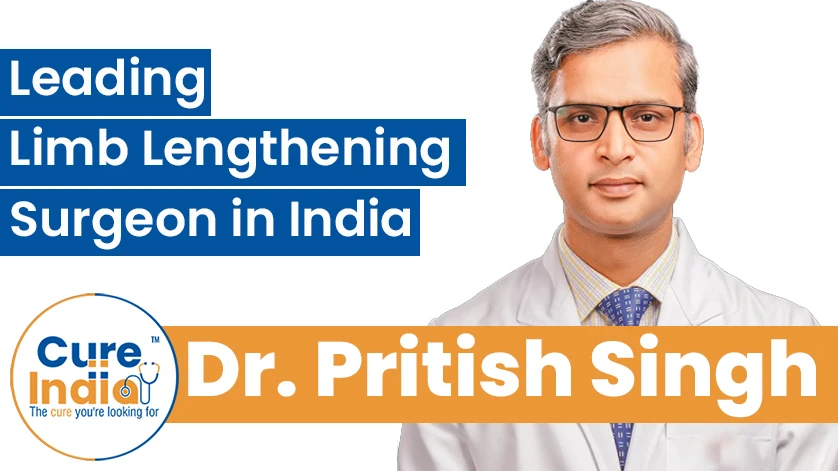
Dr. Manoj Miglani is a top orthopedic and trauma surgeon with expertise in limb lengthening procedures, complex reconstructive surgery, and orthopedic deformity correction. Known for his skill in both minimally invasive and conventional limb lengthening techniques, he helps patients achieve improved symmetry, mobility, and function.
.webp)
Dr. IPS Oberoi is an experienced orthopedic surgeon specialising in limb lengthening and orthopedic deformity management. He is an expert at using modern devices, such as external fixators and motorised intramedullary nails, for safe and effective limb lengthening. Dr. Oberoi is recognised as a trusted limb lengthening specialist in India.
.webp)
Dr. S.K.S. Marya is a leading orthopedic surgeon with expertise in limb lengthening, deformity correction, and complex orthopedic reconstruction. He has performed hundreds of successful surgeries till date using advanced techniques to correct limb length discrepancies and deformities.
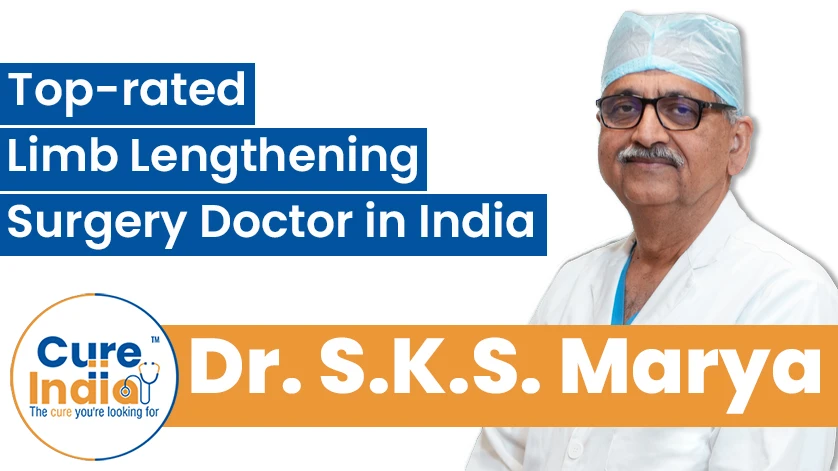
In India, a height-increasing procedure cost can vary from $15,000 to $30,000 depending on the methods and hospital stay. Also, high tibial osteotomy cost in India will allow more savings than in any other country. The following are some significant variables affecting the price of limb-lengthening surgery:
| Treatment Name | Cost in India | Stay in India |
|---|---|---|
| Limb Lengthening Surgery in India | $18,000 - $50,000 | 3 Months |
Many people select limb lengthening surgery in India because of its 95% success rate. Apart from this, there are many reasons why people find India to be the best option. Such as:
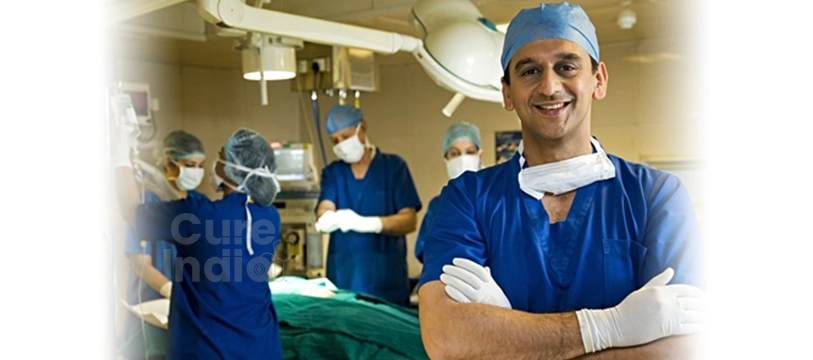


Globally Trusted Brands
Inquire Now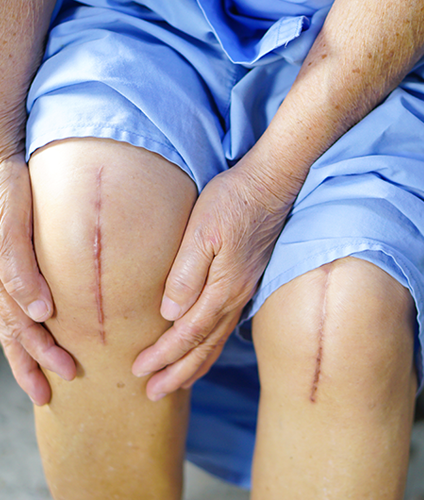
Knee, Hip and Shoulder Replacements
Share Your Reports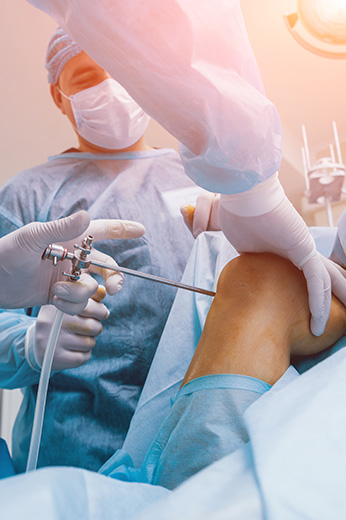
Computer Navigated and Keyhole Knee Surgeries
Recover Fast